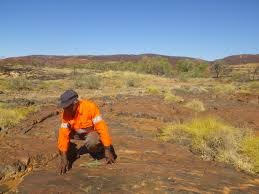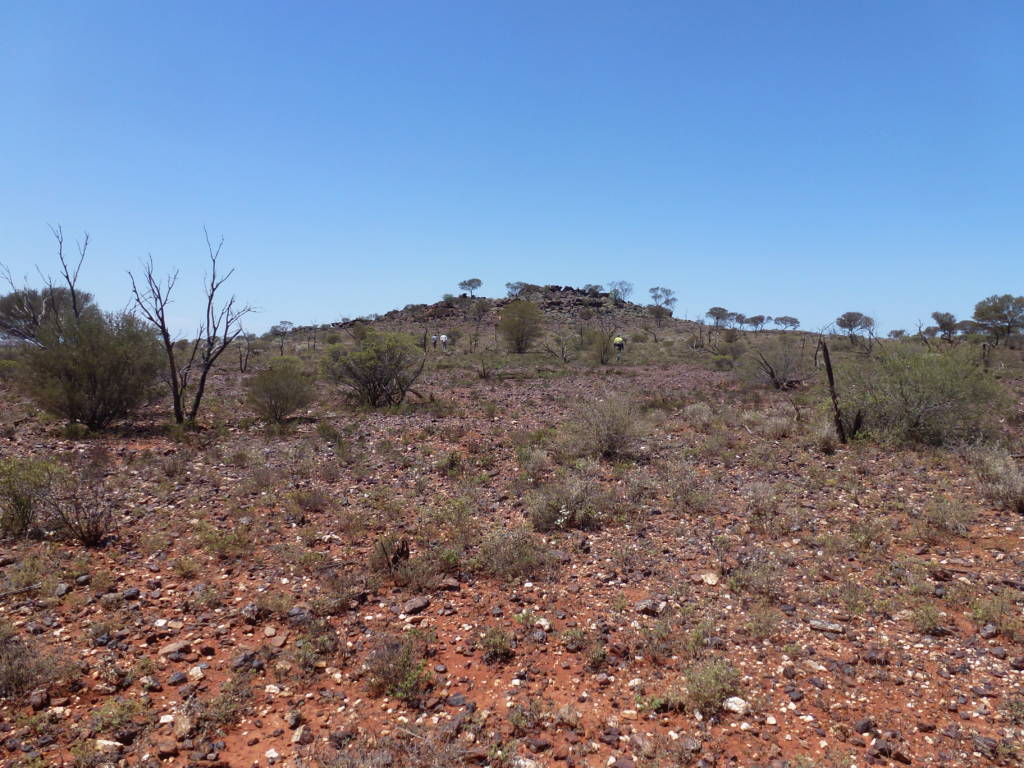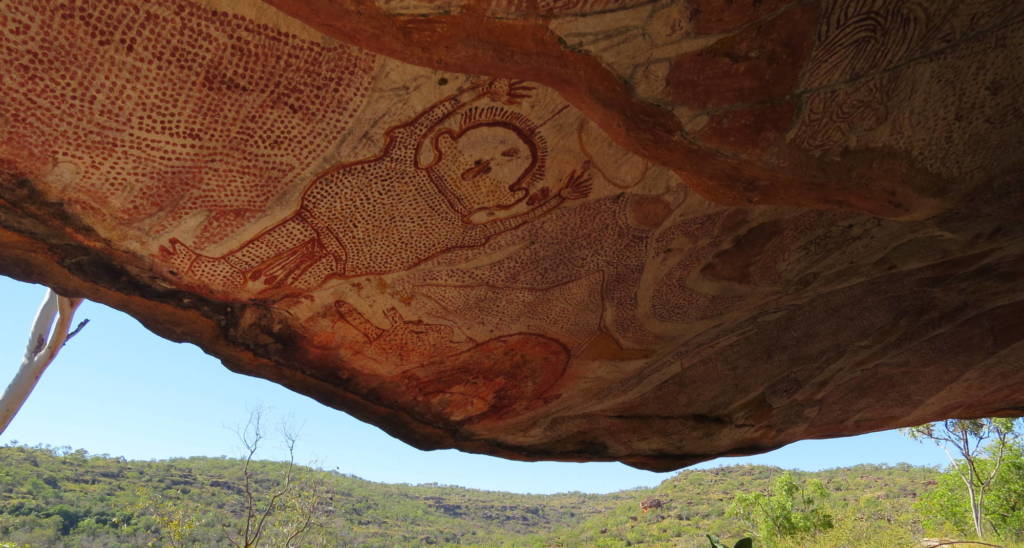Aboriginal People have cultural identity and relationships with the land that long predates European settlement in Australia. This connection to country is a critical consideration for land users in Australia as there is the potential to impact Aboriginal heritage values and potentially Aboriginal lands during land developments. To avoid or minimise these impacts, it is important to consult with Aboriginal peoples prior to commencing a new land development and to identify any Aboriginal Heritage Sites that may be impacted by the project. Where Aboriginal Heritage sites have been identified and cannot be avoided, the Aboriginal Heritage Act 1972 (AH Act) of Western Australia provides a process for land users to apply to use land which contains Aboriginal Heritage Sites. It is important to note that a land user can commit an offence if they disturb a registered site without approval under the AH Act. So, what is a Heritage Site and what is Heritage Clearance, the remainder of this paper seeks to provide some insight.
Heritage Sites Identification
To identifying heritage values and sites in an area proposed for development typically involves a number of steps.

Source: njamal.org.au
Step 1 – Search of Department of Planning, Lands and Heritage’s (DPLH) heritage database known as the Aboriginal Heritage Inquiry System (AHIS). A review of this database can determine if there are known registered Aboriginal Sites occur within the proposed project area. It should be noted that not all of WA have been surveyed for Aboriginal values and that not all survey outcomes will be recorded in the AHIS. As a result, land users must not assume that they are able to commence land development by merely relying on the check. Also, important to note is that the AHIS also identifies ‘Other Heritage Places’ and Aboriginal Heritage Surveys that have been completed and the reports submitted to the DPLH. A site classified as an ‘Other Heritage Places’ maybe a site yet to be formally assessed as a site or a location which contains heritage values that did not meet the criteria of a site. Information (if not confidential) that is not available directly from the AHIS can be requested under the provisions of the Freedom of Information Act 1992.
Step 2 – Engagement with Traditional Owners and other stakeholders relevant to the project. Engagement may include meetings with the Traditional Owners and ultimately lead to field surveys of the area in question, if the area has not been surveyed. Quite often other land users in the area e.g. Pastoralists, Shire representatives etc may have information on significant heritage sites in an area, therefore engaging with other relevant stakeholders in the area is valuable.
 Step 3 – A field survey (maybe archaeological or ethnographic, or both) of the land area in question. Field surveys typically involve an inspection of the land with a qualified archaeologist and traditional owners to identify both archaeological and ethnographic sites of interest and significance to the Traditional Owners. The DPLH recommends contacting their department first to discuss your circumstances if you’re considering undertaking an Aboriginal Heritage Survey. In some situations, land users will have entered into a heritage agreement which may specify the type and approach that will be used to complete surveys. It is critical that land users follow this process if it exists.
Step 3 – A field survey (maybe archaeological or ethnographic, or both) of the land area in question. Field surveys typically involve an inspection of the land with a qualified archaeologist and traditional owners to identify both archaeological and ethnographic sites of interest and significance to the Traditional Owners. The DPLH recommends contacting their department first to discuss your circumstances if you’re considering undertaking an Aboriginal Heritage Survey. In some situations, land users will have entered into a heritage agreement which may specify the type and approach that will be used to complete surveys. It is critical that land users follow this process if it exists.
Step 4 – Preparation of a report by the Archaeological Consultant to capture and record the findings of the field survey. The report should be issued to the Aboriginal Heritage group, relevant government department and to the company/organisation proposing to develop the land area in question. There is no legal requirement to submit the report to the DPLH. However, information about possible Aboriginal Heritage Sites identified during surveys can be provided to the DPLH using the Heritage Information Submission Form, to meet the requirements of the Aboriginal Heritage Act 1972, Section 15 which states:
“Any person who has knowledge of the existence of anything in the nature of Aboriginal burial grounds, symbols or objects of sacred, ritual or ceremonial significance, cave or rock paintings or engravings, stone structures or arranged stones, carved trees, or of any other place or thing to which this Act applies or to which this Act might reasonably be suspected to apply shall report its existence to the Registrar, or to a police officer, unless he has reasonable cause to believe the existence of the thing or place in question to be already known to the Registrar”

Heritage Clearance
A heritage clearance is required where Heritage sites (archaeological or ethnographic) have been identified, and disturbance of these sites cannot be avoided by the development. In such cases, heritage clearance or consent to disturb/impact the site must be sought from the Minister. Often as part of this process, archaeological salvage of the sites to be disturbed is required where possible to recover artefacts prior to the development of the land in question.

Source: DPLH
All heritage clearance must be conducted in accordance with Section 18 of the Aboriginal Heritage Act 1972. An application for heritage clearance will provide information on the land subject to the Section 18, details of the sites to be impacted including potential impacts and proposed management strategies to minimise or avoid identified sites, details of consultation completed with the relevant Aboriginal people and other relevant stakeholders and other relevant information.
If you require further information on Aboriginal Heritage Sites identification or Heritage Clearance please do not hesitate to contact us 08 9468 0338 or enquiries@integratesustainability.com.au
Download PDF: ISPL Insight – Heritage Sites ID and Clearance
References
Government of Western Australia, the Aboriginal Heritage Act 1972
Department of Planning, Lands & Heritage (2018), Aboriginal Heritage, Accessed 07 March 2019, Accessed from https://www.dplh.wa.gov.au/information-and-services/aboriginal-heritage

